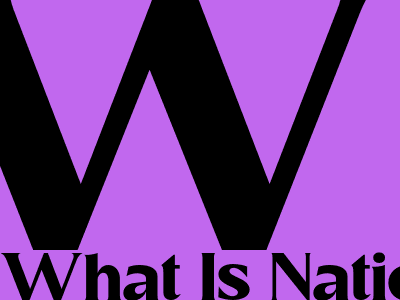What is National Grid in Nigeria
Introduction
Established in 1988, the Nigerian national grid is an interconnected network of power transmission and distribution lines, substations, and generating stations that supplies electricity to Nigerian homes and businesses. The grid is operated by the Transmission Company of Nigeria (TCN), a government-owned company.
The grid is divided into three zones: the Northern, Southern, and Eastern zones. Each zone has its own set of generating stations and transmission lines. The Northern zone is the largest and most developed of the three zones, and it is where most of the country's power is generated.
Components of the National Grid
Generating Stations
The national grid is supplied by a variety of generating stations, including thermal, hydro, and gas-fired power plants. The largest generating station in Nigeria is the Egbin Power Station, which is located in Lagos State. The Egbin Power Station has a capacity of 1,320 megawatts (MW).
other major generating stations in Nigeria include the Kainji Dam, the Shiroro Dam, and the Sapele Power Station.
Thermal power plants are the most common type of generating station in Nigeria. Thermal power plants use fossil fuels, such as coal or natural gas, to generate electricity. Hydropower plants use the energy of flowing water to generate electricity.
Transmission Lines
The transmission lines carry electricity from the generating stations to the distribution networks. The transmission lines are made of high-voltage cables that are suspended from towers. The transmission lines are designed to carry large amounts of electricity over long distances.
The national grid has a total length of over 30,000 kilometers (18,641 miles). The transmission lines are divided into three voltage levels: 330 kV, 132 kV, and 33 kV.
Distribution Networks
The distribution networks deliver electricity to homes and businesses. The distribution networks are made up of a network of substations and distribution lines. The substations reduce the voltage of the electricity so that it can be safely used in homes and businesses.
The distribution networks are owned and operated by the distribution companies(DisCos). There are 11 DisCos in Nigeria.
Challenges Facing the National Grid
The national grid is facing a number of challenges, including:
- Inadequate generation capacity
- Poor transmission and distribution infrastructure
- Lack of investment in new generating capacity
- Theft of electricity
Inadequate Generation Capacity
The national grid is not able to generate enough electricity to meet the demand. This is due to a number of factors, including the lack of investment in new generating capacity. The government has set a target of increasing the country's generating capacity to 20,000 MW by 2020. However, it is unclear whether this target will be met.
Poor Transmission and Distribution Infrastructure
The transmission and distribution infrastructure is old and outdated. This results in frequent power outages and voltage fluctuations. The government has embarked on a program to upgrade the transmission and distribution infrastructure. However, this program is still ongoing.
Lack of Investment in New Generating Capacity
The private sector has been reluctant to invest in new generating capacity due to the high cost of electricity generation in Nigeria. The government has put in place a number of policies to encourage private sector investment in the power sector. However, these policies have not been fully effective.
Theft of Electricity
Theft of electricity is a major problem in Nigeria. This is due to the low cost of electricity and the lack of enforcement of the law. The government has put in place a number of measures to combat electricity theft. However, these measures have not been fully effective.
Conclusion
The national grid is a critical part of the Nigerian economy. However, the grid is facing a number of challenges. The government is working to address these challenges and improve the quality of electricity supply in Nigeria.

Comments